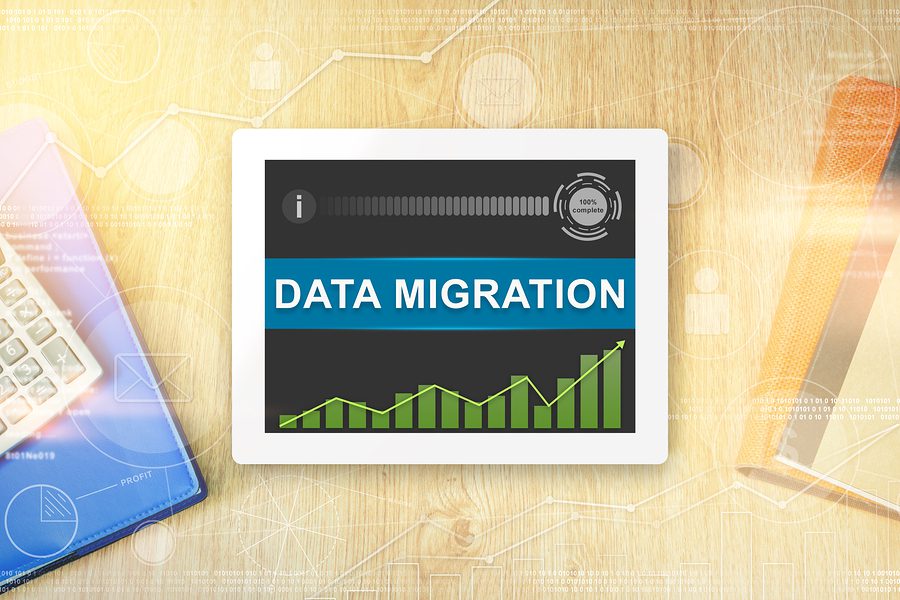We recently presented a webinar about our tried-and-true methodologies for migrating data to 3DEXPERIENCE when upgrading from a legacy system.
From our many years of experience in data migration, we know that having clean, trustworthy data is essential when implementing a new system. Bad data with duplicate filenames or part numbers, broken links, incorrect meta-data or inconsistent naming conventions can obstruct and delay a system upgrade and implementation.
We work with our clients to analyze and conduct an exhaustive data cleanup operation. The experts at xLM Solutions have developed tools and methods to identify data issues, correct and test the data, map it from the legacy system to the new system and perform the necessary test migrations.
Pre-migration Data Analysis
Our first step is to conduct a broad analysis of the data before the migration. We review the nature and location of the data and determine the type of data we’ll be working with:
- Is it file- or folder-based data?
- Are there databases and vaults?
- Is it hard copy data that hasn’t been entered into a system?
- Is it CAD data with internal links, Office data, PDFs, meta-data, etc.?
We want to anticipate any access issues, including data sources and third-party APIs, which might result in missing data or broken links. We then create mapping rules, which might include property mapping of the meta-data (e.g., part numbers, revisions, etc.), state mapping to conform to 3DEXPERIENCE states (e.g., private, in-work, frozen, released, obsolete), revision conformity/patterns, type/collab space/bookmark mapping, classification mapping, plus any other special logic required.
We fix any duplicate part numbers and file names, missing or incorrect file attributes/associations/links, missing or duplicate links to organizational structure and any missing or non-complying revisions or versioning schemes.
At this time, we also review differing source and target system environments when it comes to data access, search options, permissions, and license implications.
A critical element of successfully migrating data to 3DEXPERIENCE is our review of business processes and user experiences. As the new project starts, it’s an excellent opportunity to review and possibly revise processes to become more efficient and upgrade user experiences.
Review of Data Loading Options
We conduct extensive planning before the data loading to understand and document:
- When will the legacy system be turned off
- How long will the data loading take and when will it occur
- What is required before loading the data
- Is the data load sequence properly documented
- Who is responsible for the various tasks
We generally see migrations from two types of systems:
- Windows file-based systems with a folder structure on local machines and/or a network
- PLM/PDM systems with databases, such as Windchill, Teamcenter, ENOVIA, MatrixOne, SmarTeam, MS SharePoint, DBWorks, Autodesk Vault, SOLIDWORKS PDM, Meridian or other legacy solutions.
Conduct the Migration
As we prepare to conduct the migration, we extract the data using various formats including XPDM format and then transform and merge the data. We make use of different technologies and tools based on the situation, such as:
- Manual methods
- Automated methods involving IPOs, MQL and Tci scripts, 3DX API or web services
- 3DEXPERIENCE Adaplet, which requires comprehensive understanding of source and target system data models
- XPDM (EDAT), a transport framework technology that is useful for SOLIDWORKS PDM and SmarTeam migrations
xLM Solutions also customizes scripts and programs for data migration, specifically for larger volume migrations and to implement custom data load scenarios. It is especially useful when the user needs to customize data loading rules.
Data Migration Considerations
Among the many data migration considerations we take into account are:
- Data mapping types, relations, attributes, policy and states
- Object uniqueness in 3DX including name, revision and type
- Names, folders and catalogues, etc.
- User’s need for scalability
- Scheduling/timing
- Need for hardware upgrades
Summary
Below we summarize our process, methodology and best practices; we:
- Install and test the out-of-the-box PLM solution
- Conduct due diligence
-
- Review the legacy system
- Identify data to migrate
- Create mappings and reorganize data
- Review any user concerns
- Develop cut-over plan and working process for cut-over time frame
- Create test environment
- Select best technology and develop migration solution
- Run test cycles as needed, based on data volume and to cover all possible scenarios
- Mitigate any issues uncovered by testing
- Conduct data validation with user
- Plan production rollout
- Set user expectations
- Run production migration
When you’re ready for a data migration project, contact the experts at xLM Solutions.
Summer Webinar Series
Our summer webinar series continues:
Customer Success: Best Practices and Lessons Learned for Implementing 3DEXPERIENCE July 14, 2022, 12:00 noon ET
Hear from xLM Solutions’ Marc Young and Ilan Madjar and customer Mike Lubin, IT Manager – Engineering Systems, from S&C Electric Company, about the company’s migration and implementation project.
Project Management in 3DEXPERIENCE August 18, 2002, 11:00 a.m. ET
Project management and governance are critical issues for PLM implementation and integration projects. xLM Solutions’ Marc Young and Ilan Madjar identify best practices and mistakes to avoid.

